There are lots of different kinds of anxiety. The general definition of anxiety is an unrealistic, irrational fear or worry of disabling intensity. While fear is the natural response to a serious threat to someone’s well-being, anxiety is a response to a potential threat in the future. People with anxiety can experience it in different situations and in different ways. It’s important to keep in mind that everyone experiences anxiety. When the anxiety gets to a point that it is disabling, it can then be classified as a disorder. For this post we are going to focus on a common type of anxiety: social anxiety disorder.
As we always do before discussing a disorder, it’s important to note that only a professional can diagnose individuals with mental health disorders. We want to warn against the dangers of self-diagnosis, especially relating to mental illness. If you or someone you know is experiencing some of these symptoms, it’s okay to investigate further by educating yourself on the disorder, but important to get a professional opinion before drawing any conclusions.

The defining feature of social anxiety is a marked or intense fear or anxiety about one or more social situations in which the individual may be scrutinized by others and be negatively evaluated (American Psychiatric Association, 2013). The following are symptoms of Social Anxiety Disorder:
- Marked fear of anxiety about one or more social situations in which the individual is exposed to possibly scrutiny by others
- Fear of acting in a way or showing anxiety symptoms that will be negatively evaluated (i.e. will lead to rejection by others)
- The social situations almost always provoke fear or anxiety
- The social situations are avoided or endured with intense fear or anxiety
- The fear or anxiety is out of proportion to the actual threat posed by the social situation
- The fear, anxiety or avoidance is persistent and typically lasts six months or more
- The fear, anxiety or avoidance causes clinically significant distress or impairments
Social anxiety causes individuals to be unable to attend social situations because of the fear or anxiety. If they do attend, the fear or anxiety is difficult to tolerate. Social anxiety is more prevalent among females than males, and usually develops between the ages of 10-20 (Comer, 2014). Researchers and theorists have proposed lots of causes for social anxiety disorder. They believe that people with social anxiety disorder maintain social beliefs and expectations that work against them. These social beliefs include:
-They view themselves as unattractive social beings,
-They maintain unrealistically high social standards and so believe that they must perform perfectly in social situations.
-They view themselves as socially unskilled and inadequate
-They believe they are always in danger of behaving incompetently in social situations
-They believe that inept behaviors in social situations will inevitably lead to terrible consequences
-They believe that they have no control over feelings of anxiety that emerge in social situations.
(Comer, 2014)
There are lots of successful treatments available for people with social anxiety disorder. While social anxiety can cause great distress, therapy can do amazing work to help individuals manage and cope with social anxiety.
What are some of the ways you manage anxiety in social settings?
Comer, R.J. (2014). Abnormal Psychology (8th Edition-DSM5 Update). New York: Worth Publishers
Diagnostic and Statistical Manual of Mental Disorders, Fifth Edition (DSM5). (2013) Washington, DC: American Psychiatric Association.




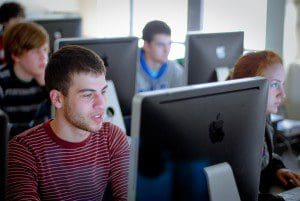









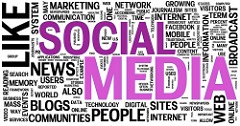
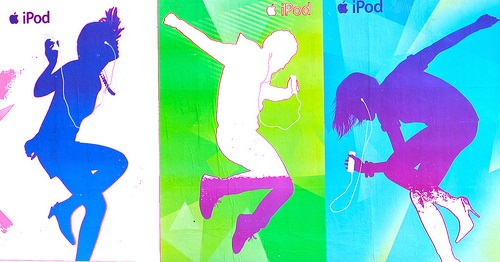
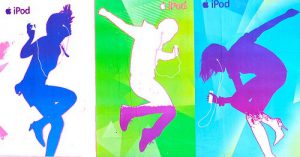
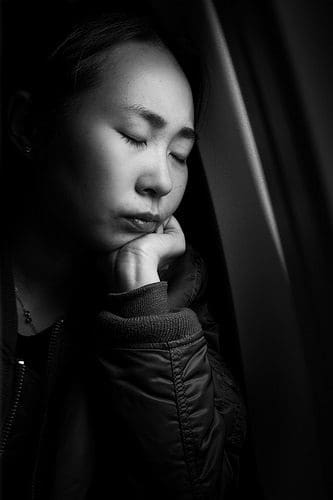
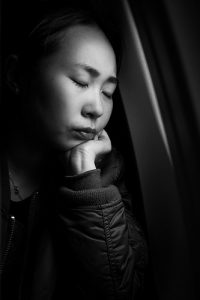
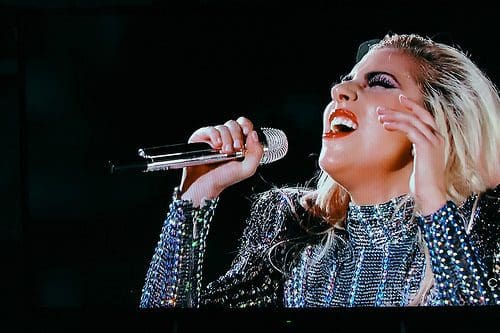

Recent Comments